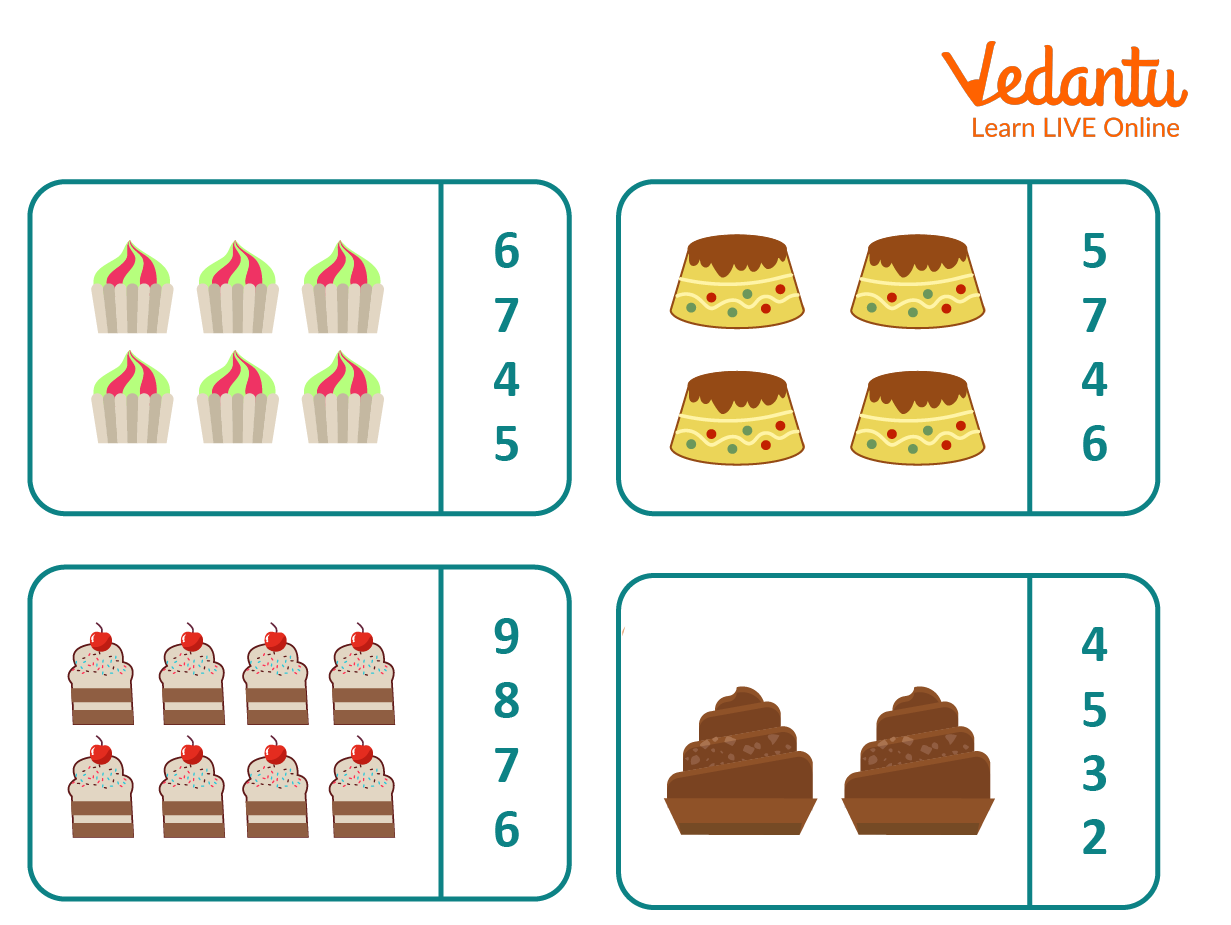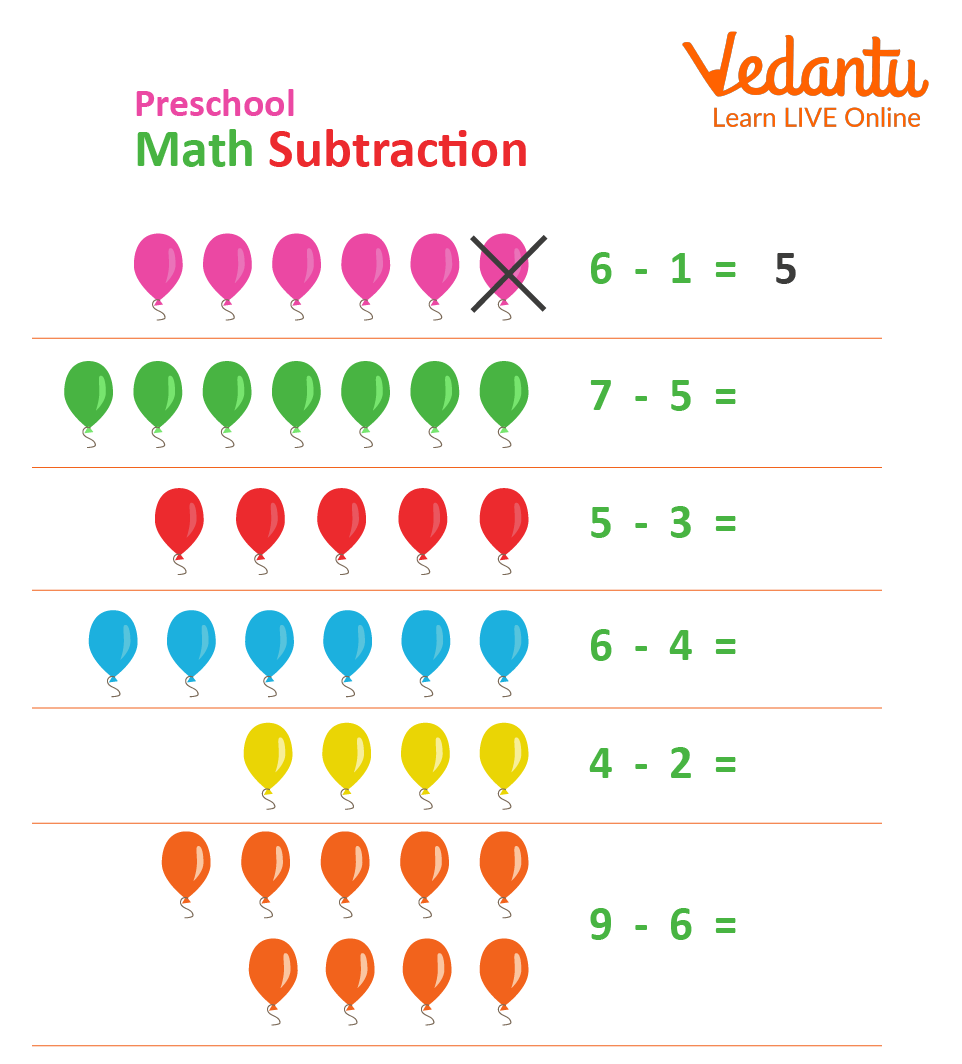




Essential Math Concepts Every Nursery Child Should Learn
Maths is an interesting subject. The first step is to understand numbers. For example, you write two numbers 3 and 4 on the blackboard and ask your kids to add these numbers. Here, the kids as beginners firstly learn to write 3 and 4 on the paper with your aid. Now, you help them with counting the steps to take after ‘3’ to get the answer ‘7’.
Understanding numbers and mathematical operations are new for young kids. So, we follow a fundamental method to teach nursery kids.
Steps to Teach Maths to Nursery Kids
Teaching Maths begins with learning numbers. You can help kids learn to count the numbers with various strategies that we will be discussing now. Below are the best 4 strategies to teach nursery Maths to kids of age 3-4 years.
Start with Counting
Kids can memorise numbers faster when they develop a habit of counting or picking objects from one to ten. Once your kid begins counting, you can start with some basic Maths operations like addition and subtraction.
Use Everyday Objects
You can use everyday objects to teach Maths to your child. For example, you can ask your kid to count the number of books, fruits, trees, or cars. You can count a few objects first, and ask your kid to count the remaining objects. Maths is easy to teach when you provide your child with real-life objects. It leaves an everlasting impression on the child.
So, counting various real-life objects instead of reading out the numbers 1, 2, 3, and so on helps your child understand numbers better.
Play Maths Games
There are various Maths games that you can make your child play offline as well online. For example, you throw 5 balls on the floor and ask your child to count those. The next time, you may throw six balls one by one and ask your child to count them as you throw. These physical activities motivate kids to become a pro at counting numbers.
Pattern in Maths
You can write numbers like 3, 4, __, __, and ask your child to fill the next two blanks, and practising similar series and patterns will help your kid remember the numbers better.
Now, let us have a look at the nursery Maths worksheet to understand how you can teach Maths to your kids through sample questions.
Nursery Maths Worksheet
Worksheet 1:
In the below worksheet, you need to find the number of items in each of the four boxes, respectively. Choose the correct answer.

Counting number nursery maths worksheet
The number of cupcakes in the first box:
6
7
4
5
The number of items is 6. So, option a is the correct answer.
The number of cakes in the secound box:
5
7
4
6
The number of items is 4. So, option c is the correct answer.
The number of pastries in the third box:
9
8
7
6
The number of items is 8. So, option b is the correct answer.
The number of items in the fourth box is:
4
5
3
2
The number of items is 2. So, option d is the correct answer.
Worksheet 2

Subtracting numbers nursery Maths worksheet
First: 6 - 1 = 5 (given). Now, let us find the solution for the other questions.
Second: 7 - 5 = 2
Third: 5 - 3 = 2
Fourth: 6 - 4 = 2
Fifth: 4 - 2 = 2
Sixth: 9 - 6 = 3
So, this is how we can teach Maths to nursery kids with the help of real-life objects, playing Maths games, and solving worksheets. Practice makes a man perfect, so practice can help your kid become a pro in Mathematics at an early age.
FAQs on Easy Math Teaching Tips for Nursery Kids (3-4 Years)
1. What are the first math concepts a 3-year-old should learn?
For a 3-year-old, the focus should be on pre-math concepts that build a strong foundation. Before introducing numbers, concentrate on teaching comparison and sorting. Key concepts include identifying items that are big vs. small, tall vs. short, and same vs. different. You can also introduce basic shapes like circles and squares using everyday objects.
2. What core math skills should a 4-year-old develop as per the NCERT syllabus?
According to early learning guidelines, a 4-year-old should be developing the following math skills:
- Number Recognition: Identifying and naming numbers, typically from 1 to 50.
- Rote Counting: Reciting numbers in the correct order.
- Object Counting: Accurately counting a set of physical items.
- Sequencing: Understanding what number comes before, after, and between other numbers.
- Shapes: Recognizing and naming basic geometric shapes like circles, squares, triangles, and rectangles.
3. What are some fun, everyday activities to teach math concepts to preschoolers?
You can easily integrate math learning into daily routines. For example, count the steps while climbing stairs, ask your child to sort their toys by colour or size, or have them help set the table by counting the number of plates needed. While reading, you can count characters or objects on a page. These activities make math practical and engaging.
4. Why is teaching math through play more effective for 3-4 year olds than just using worksheets?
Play-based learning is crucial because it makes abstract concepts like numbers and shapes tangible and meaningful. It allows children to explore mathematical relationships in a low-pressure environment, which builds deeper conceptual understanding and a positive attitude towards math. While worksheets focus on memorisation, play encourages curiosity, critical thinking, and real-world problem-solving skills.
5. What is the difference between a child recognising numbers and developing true 'number sense'?
Number recognition is the ability to simply identify and name a numeral, like knowing the symbol '5' is called 'five'. Number sense is a much deeper understanding of what that number represents. It includes understanding the quantity of five, knowing it is one more than four, and being able to visualise that amount. Number sense is the essential foundation for grasping addition, subtraction, and other complex math operations.
6. Beyond counting, what is the importance of teaching shapes and patterns to a preschooler?
Shapes and patterns are fundamental to developing mathematical thinking. Learning about shapes helps build spatial reasoning and geometry skills. Creating and identifying patterns (e.g., red, blue, red, blue) teaches children about sequencing, logic, and making predictions. These skills are critical for understanding mathematical rules and solving more complex problems in later grades.
7. How can parents know if a math activity is at the right level for their 3-4 year old?
An activity is at the right level if it is challenging but not frustrating. Your child should be engaged and able to succeed with some effort or guidance. If they get bored quickly, it might be too easy. If they become upset or avoid the activity, it might be too difficult. The goal is to stay within their zone of proximal development, where they can learn and grow with support.















